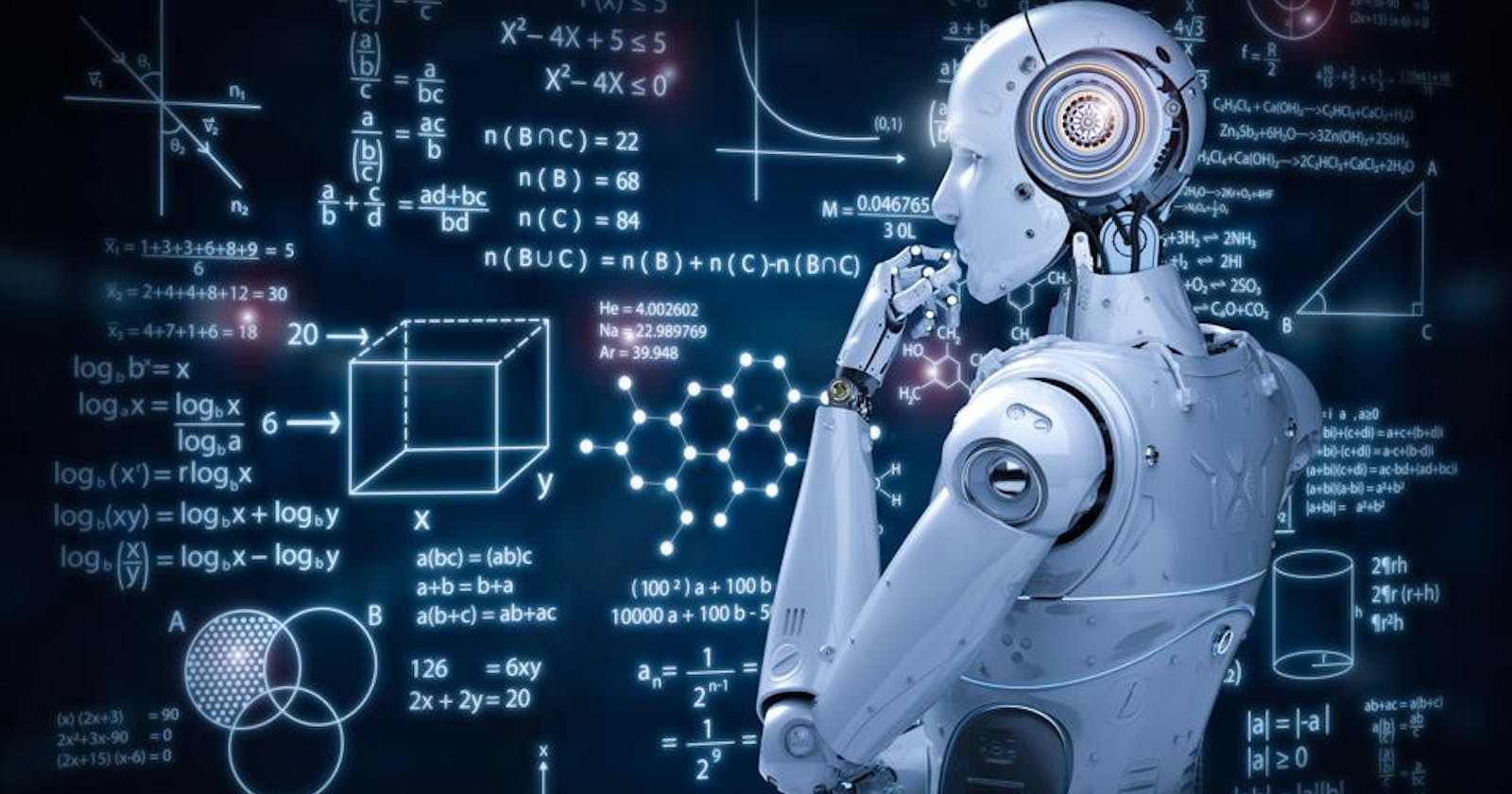What is Machine Learning?
It is the future of the digital world and a branch of Artificial Intelligence that focuses on the use of data and algorithms to imitate the way that humans learn, gradually improving its accuracy.
Machine learning is an important component of the growing field of data science.
How it Works:
It works in three steps:
A Decision Process: In general, machine learning algorithms are used to make a prediction or classification. Based on some input data, which can be labeled or unlabeled, your algorithm will produce an estimate of a pattern in the data.
An Error Function: An error function evaluates the prediction of the model. If there are known examples, an error function can make a comparison to assess the accuracy of the model.
A Model Optimization Process: If the model can fit better to the data points in the training set, then weights are adjusted to reduce the discrepancy between the known example and the model estimate. The algorithm will repeat this “evaluate and optimize” process, updating weights autonomously until a threshold of accuracy has been met.
Role in Real-World:
Machine learning helps in various ways like speech recognition, computer vision, recommendation engines, etc.
Speech recognition: It is also known as automatic speech recognition (ASR), computer speech recognition, or speech-to-text, and it is a capability that uses natural language processing (NLP) to translate human speech into a written format. Many mobile devices incorporate speech recognition into their systems to conduct voice searches—e.g. Siri—or improve accessibility for texting.
Customer service: Customer service: Online chatbots are replacing human agents along the customer journey, changing the way we think about customer engagement across websites and social media platforms. Chatbots answer frequently asked questions (FAQs) about topics such as shipping, providing personalized advice, cross-selling products, or suggesting sizes for users. Examples include virtual agents on e-commerce sites; messaging bots, using Slack and Facebook Messenger; and tasks usually done by virtual assistants and voice assistants.
Computer vision: This AI technology enables computers to derive meaningful information from digital images, videos, and other visual inputs, and then take the appropriate action. Powered by convolutional neural networks, computer vision has applications in photo tagging on social media, radiology imaging in healthcare, and self-driving cars in the automotive industry.
Recommendation engines: Using past consumption behavior data, AI algorithms can help to discover data trends that can be used to develop more effective cross-selling strategies. This approach is used by online retailers to make relevant product recommendations to customers during the checkout process.
Negative Impacts:
Nowadays AI is taking the role of a human job. Many people get fired by 2023 still the laid off going on there is no way to stop it as technology is developing faster. As machine learning technology has developed, it has certainly made our lives easier. With every disruptive, new technology, we see that the market demand for specific job roles shifts. As soon as we reach 2030 we can expect we will fully depend upon AI for work. It will make a big revolution in IT Industry.
